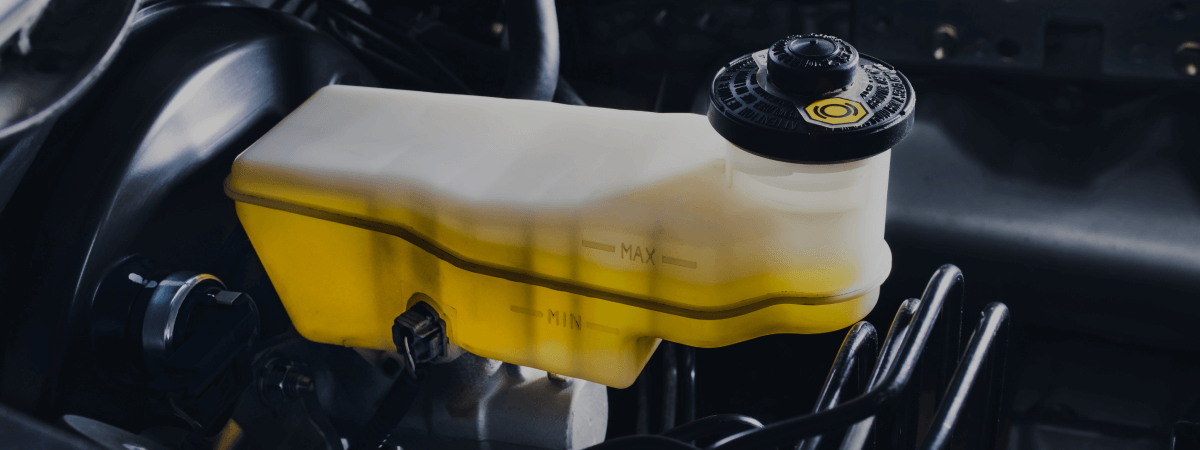
Let’s face it, we love our cars but most of us don’t know the first thing about them. We know how to put gas in them and where the windshield wipers are but when it comes to more complex issues, we’re at a loss. However, just like our bodies, our vehicles need regular check-ups to prevent bigger problems down the road.
What is a Tune-Up?
During a tune-up, the mechanic will usually check the following:
- Engine oil level and quality
- Tire pressure and tread depth
- All fluid levels
- Brake pads
- Spark plugs
- Battery health
- Exhaust system
- Suspension components
The mechanic may also make some adjustments, such as to the timing or idle speed. They will also inspect the drive belts and hoses for any wear and tear. If any repairs are needed, they will be made at this time.
Are Winter Tune-Ups Different?
Yes, winter tune-ups are typically different from summer tune-ups. This is because vehicles need different care in winter due to the cold weather and road conditions. During a winter tune-up, the experts at Master Muffler Provo will likely pay special attention to the battery and charging system, as well as the antifreeze level and condition of the engine coolant. They might also add wiper fluid with antifreeze to help prevent freezing. Heated seats and mirrors may also be checked and repaired if necessary. Winter tires may also be installed during a winter tune-up.
Signs Of Trouble in a Vehicle
Here are five signs Master Muffler Provo suggests looking for that might indicate it’s time for a tune-up:
- Your “check engine” light is on – This is probably the most obvious sign that something is wrong with your vehicle. The “check engine” light can indicate a variety of issues so it’s best to take your car in for a look.
- Your car is making strange noises – If you notice any strange knocking, clicking, or grinding noises coming from your vehicle, it’s time to take it in for a tune-up. These noises can indicate serious problems with your engine or other components of your vehicle.
- You’ve been having trouble starting your car – If you turn the key and nothing happens or if it takes longer than usual for your car to start, this could be an indication that your battery needs to be replaced or that there are other issues with your electrical system.
- Your mileage has decreased – If you’ve noticed that your gas mileage has decreased significantly, this could be due to a number of factors such as old spark plugs, dirty fuel injectors, or low tire pressure. All of these issues can be addressed during a tune-up.
- You haven’t had a tune-up in a while – Even if you haven’t noticed any of the above problems, it’s still important to get regular tune-ups for preventative maintenance. Depending on your driving habits and the make/model of your vehicle, most mechanics recommend getting a tune-up every 30,000 miles or so.
Tips for Maintaining Your Vehicle
Of course, the best way to avoid car troubles altogether is to take good care of your vehicle on a daily basis. Here are some tips for keeping your car running smoothly between tune-ups:
- Read your owner’s manual – This might seem like common sense but you’d be surprised how many people never even crack open their owner’s manual. Your owner’s manual will have specific instructions on how often to change your oil, rotate your tires, etc. Following these guidelines will help extend the life of your vehicle and prevent major problems down the road.
- Drive safely and responsibly – This might seem like another no-brainer but driving aggressively puts unnecessary wear and tear on your vehicle. Not to mention the fact that it increases your chances of being in an accident! By driving calmly and obeying all traffic laws, you can help keep yourself and your vehicle safe while also preventing long-term damage to your car.
- Keep an eye on your tire pressure – Cold weather can cause your tires to lose pressure, which can impact your gas mileage and make it harder to control your car on slick roads. Be sure to check your tire pressure regularly and fill them up when necessary.
- Get your battery tested – Utah’s winter weather can be tough on your battery, so it’s a good idea to get it tested before the winter months set in. That way you’ll know if it needs to be replaced and won’t be stuck with a dead battery in the middle of a snowstorm.
We hope this helps you gain more confidence when it comes to caring for your vehicle.
Related Posts
Key Takeaways On average, passenger vehicle tires last 40,000 to 60,000 miles, depending on type, driving habits, and maintenance. Replace tires when tread depth reaches 2/32”, if damaged, or older than 10 years. Regular rotation, alignment, and proper inflation extend tire life. Aggressive driving, poor roads, and harsh weather shorten tire lifespan. Take advantage [...]
When you think about car maintenance, you probably focus on oil changes, tire rotations, and maybe even brake pad replacement. But what about your brake fluid? If you’ve ever wondered, “What does brake fluid do?” or “Why is brake fluid important?”, you’re not alone. Brake fluid might not be the most talked-about part of [...]
Is that high-pitched squeal from your brakes driving you—and everyone else—crazy? Don’t ignore it. Squeaky brakes aren’t just annoying, they’re your car’s way of saying something needs attention. Whether you're cruising through Salt Lake City or winding up Idaho’s mountain passes, here’s what’s likely going on, how you can fix it, and when it [...]





